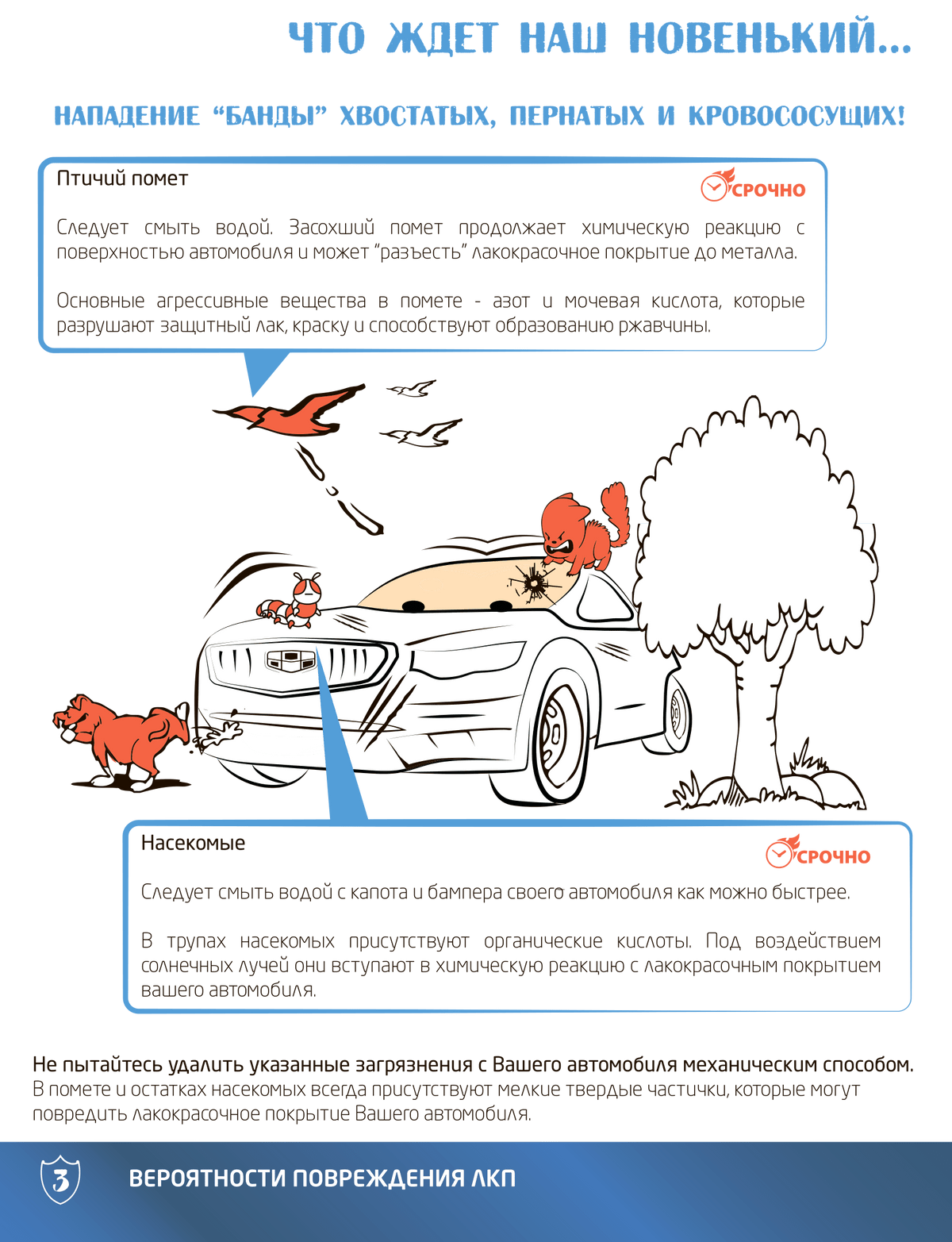
How to remove a car from storage
Preparing a vehicle for extended storage can be a complex task, including draining fluids, disconnecting components, and removing parts. But when it comes time to pick up your car from the warehouse and get it ready for life on the road, it's more than just replacing everything that's been removed, and it's not as easy as turning the key and driving like you normally would. . Below, we've provided a handy checklist of what to do before getting your car back on the road.
Part 1 of 2: What to check before you travel
Step 1: Air out the car. Even in a well-ventilated storage area, cabin air can be musty and unhealthy.
Roll down the windows and let in fresh air.
Step 2: Check tire pressure. Even if your tires aren't noticeably flat, it's best to check the pressure while the air in your tires is still cold.
If necessary, adjust the pressure according to the factory requirements of your tire.
Step 3: Check and test the battery. Remove the charger if you have used it during storage and check the battery for proper charge.
Visually inspect the battery and connections for signs of corrosion and make sure the connections are still tight.
If the battery cannot hold a full charge, replace it. Otherwise, you risk damaging the generator.
Step 4: Change Fluids. Fill with all the necessary fluids for your vehicle—oil, fuel, transmission fluid, power steering fluid, windscreen cleaner, water, brake fluid, and coolant or antifreeze—to the appropriate levels.
After refilling each component, check for signs of fluid leakage as hoses can sometimes dry out and crack after extended periods of inactivity.
Step 5: Visually inspect under the hood. Look for anything damaged or foreign in the engine area.
Hoses and belts can dry out, crack, or otherwise be damaged if left unused for long periods of time, and any damaged component should be replaced before the vehicle is driven.
No matter how secure your vault is, check for small animals or nests that may have gotten under the hood.
Step 6: Replace required parts. Windshield wipers and air filters should be replaced - dust can accumulate in air filters and wipers dry and crack from not being used.
Any other part that appears to be cracked or defective should also be replaced as soon as possible.
Part 2 of 2: What to check while driving
Step 1: start the engine. Let the machine run for at least 20 minutes to warm it up.
If you find it difficult to start the engine, or if it won't start at all, you may have a defective component. In this case, ask an experienced mechanic, for example, from AvtoTachki, to diagnose the inability to start your car and recommend the best way to repair it.
Step 2: Check for Warning Signs. If the engine does not run normally after warming up, or if any indicators or warning lights appear on the instrument panel, have it checked as soon as possible.
AvtoTachki has inspections designed to diagnose abnormal noises in the engine, as well as the causes of the Check Engine light on.
Step 3: Check your brakes. It is normal for the brakes to be tight or even rusty from disuse, so check the brake pedal to make sure it is working properly.
Let the car roll a few feet to test the brakes, using the emergency brake if necessary. Rust on brake discs is common and may cause some noise, but it will disappear over time.
Step 4: Get the car on the road. Drive slowly for a few miles to allow the car to adjust and redistribute the fluids properly.
Strange noises made during the first few miles are normal and should disappear after a few minutes, but if they persist, have the vehicle checked.
Step 5: Give your car a good wash. Shelf life probably means that a layer of dirt and dust has accumulated on the case.
Be sure to thoroughly clean the undercarriage, tires and any other nooks and crannies.
And everything is ready! Removing a car from long-term storage can seem like a daunting task, and it's easy to think that any unusual noise or reaction is a concern. But if you take care to replace everything you need and get your car back on the road slowly, your car should be back to normal in no time. Of course, if you're worried or unsure, it's best to play it safe and ask a mechanic to inspect everything just in case. Barring any major issues, if you remember to follow these few simple guidelines, your car will be ready to go in no time.